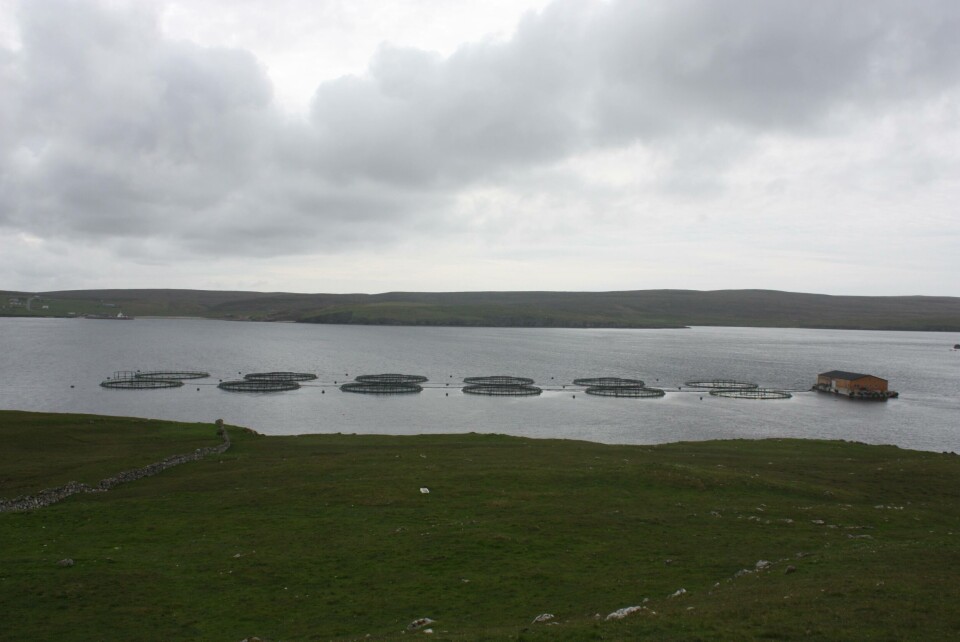
Seafish raises aquaculture game
Although it might traditionally be associated with wild-capture species, Seafish is keen to step up its involvement with the UK aquaculture industry.
Lee Cocker, who was appointed Aquaculture Manager for Seafish last year, explains to Fish Farming Expert: “As well as our work with imported farmed seafood, we’re looking at exploiting opportunities for domestic aquaculture, and are increasingly engaging with the sector to find ways of supporting the growth of the UK industry”.

A recent initiative is the Seafish Domestic Aquaculture Advisory Committee (SDAAC).
As Lee explains: “We formed the SDAAC earlier this year, from the English Aquaculture Working Group (EAWG), who opted to widen its remit to cover aquaculture in England, Scotland, Wales and Northern Ireland. We had our first meeting in May in which we looked at the direction the industry was going and took suggestions and advice from the committee on how best to use our resources. Our next meeting will take place in the coming months and we’d like this to be a bi-annual event,”
“The SDAAC has a wide representation of UK aquaculture - from government bodies to producer organisations, individual farmers to NGOs - and they’re not all representing levy species. “We listen to all those in the forum and are very happy to have their input, but resource decisions are limited to levy-payers,” he admits. “Our first meeting was met with very positive feedback,” he adds.
Impending publications
He is also pleased that two publications are shortly to emerge from the Domestic Aquaculture Strategy Programme - the first of which focuses on analysing the economic contribution and value of the major sub-sectors and most important farmed species in England, Wales and Northern Ireland. The second report focuses on UK shellfish production in relation to use of Several and Regulating Orders.
Other recent Seafish publications include a guide to aquaculture, a summary of the FAO’s State of World Fisheries and Aquaculture, and a ‘who’s who’ of UK aquaculture. All are available on the aquaculture pages of the organisation’s website. Finally, Seafish continues to make progress towards adding aquaculture profiles to its Risk Assessment for Sourcing Seafood (RASS) web tool, aiming to upload farmed seafood profiles next year.
Although the current Domestic Aquaculture Strategy Programme is due to continue until the end of the current Seafish Corporate Plan, Lee is hopeful that Seafish aquaculture will go from strength to strength in the coming years. “We’re building strong foundations to help support UK aquaculture; by engaging with stakeholders, in bringing people together through forums such as the advisory committee and the Aquaculture Common Issues Group (ACIG), and by offering new reports and guides to inform industry” he says.
“We’re helping to get a positive message out about aquaculture, and are continuing to engage in major industry events – our stand was present at the AquacultureUK Expo in Aviemore, and Seafish will be at the EAS meeting in Edinburgh next month, for example,” he adds.
“The message I’d like to pass on is that Seafish is very happy to engage with the aquaculture industry, forge positive relationships, and support its stakeholders. Hopefully the last few months have shown what we can do…and there is much more to come,” he concludes.






















































